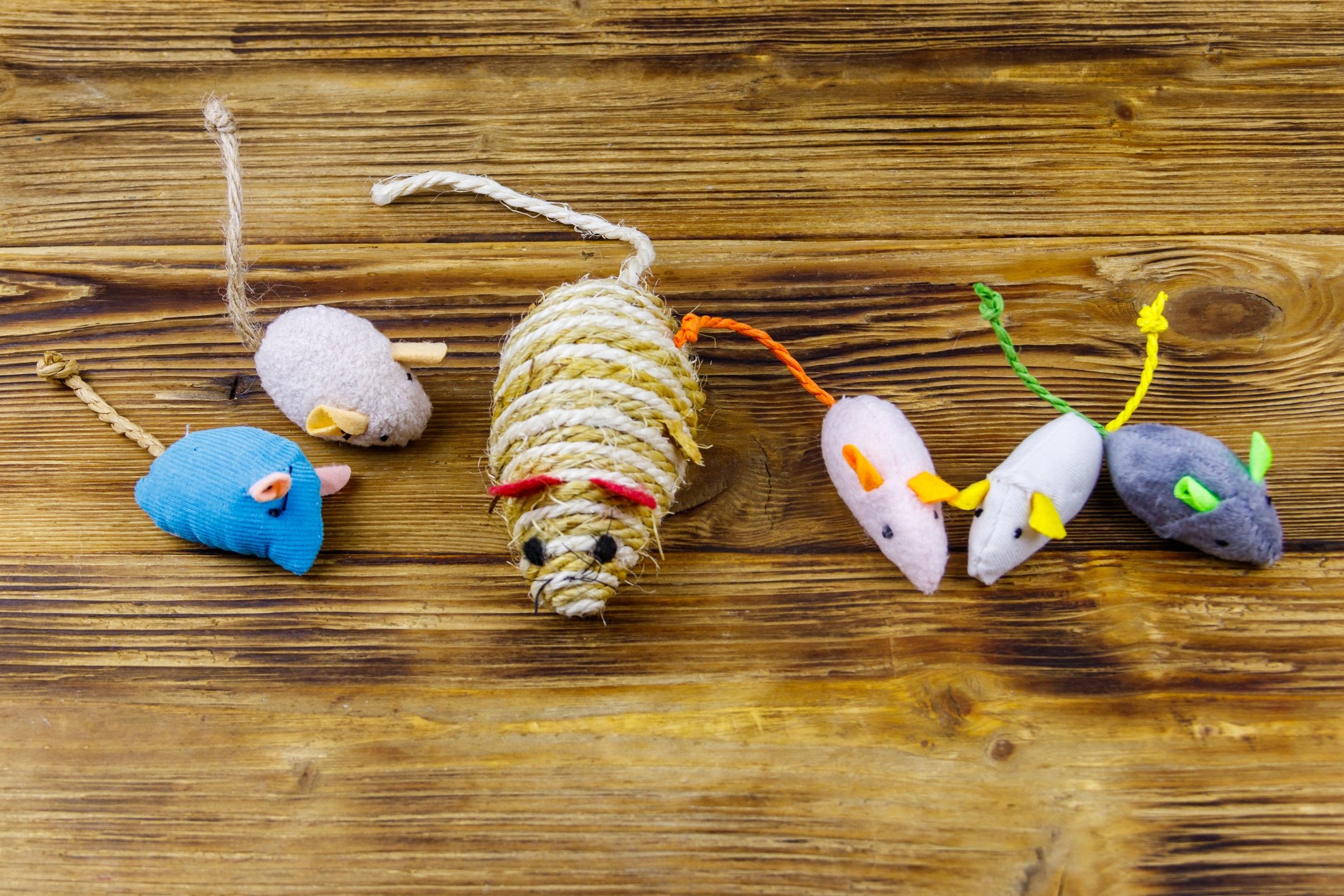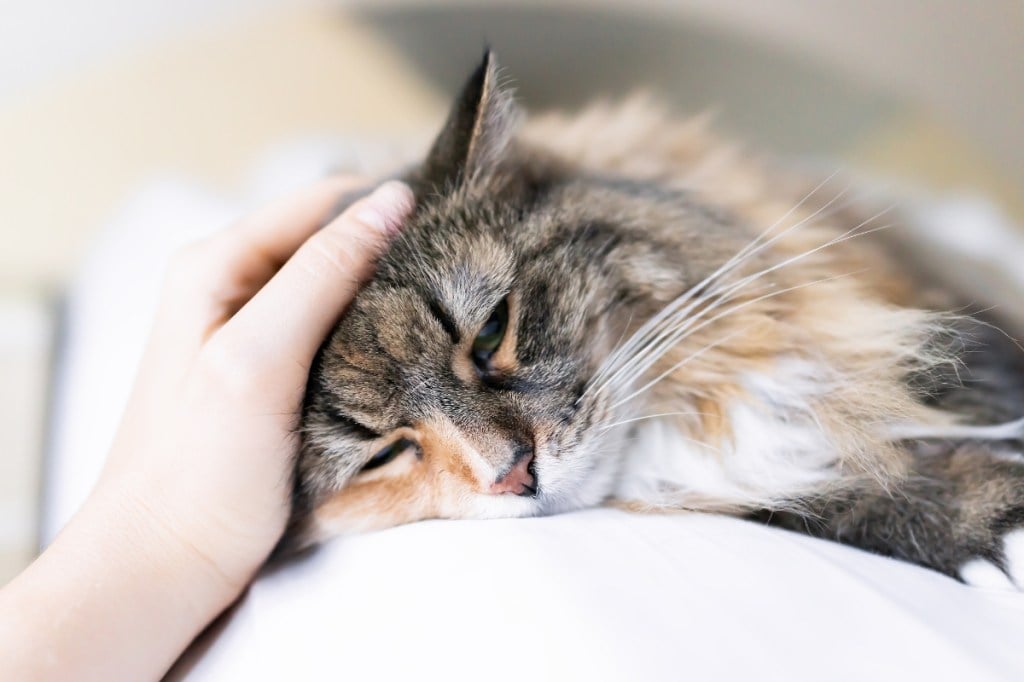Quick answer: Yes, catnip is safe for dogs and is not toxic to dogs.
Key Takeaways
- Despite the name, catnip is safe and non-toxic for dogs.
- While catnip acts as a stimulant in cats, it typically acts as a sedative in dogs.
- Beneficial ingredients in catnip include magnesium, vitamins C and E, tannins, flavonoids and essential oils
- For some dogs, catnip can help with anxiety, improve sleep and act as a natural antiseptic.
- Try sprinkling 1/8 to 1/2 teaspoon of catnip on your dog’s food to provide these benefits.
Catnip is the fragrant green leaf that will make some cats act a little nutty. The herb is a member of the mint family and can even be grown in your own backyard. Cats have various reactions to the herb, and one can often see them going crazy when given a sprinkle of catnip. While this can be an amazing distraction for the bored cat, what does catnip do when given to dogs? And is it safe?
The answer is yes, catnip is completely safe for dogs to ingest! The catch is that catnip often has the opposite effect on dogs as it does on cats. While it acts as a very effective stimulant for cats, it is actually a sedative for dogs. For this reason, giving your dog catnip should only be under the right circumstances and conditions, and there are many resourceful ways to use catnip with your dog.
Benefits
Catnip contains minerals such as magnesium, vitamins C and E, tannins and flavonoids. It also contains essential oils, which can help keep dogs’ digestive systems healthy and can help relieve any gastrointestinal upset. Here’s what you can use catnip for:
- Catnip can be used to calm dogs that frequently experience bouts of anxiety whether it’s due to going to the vet or loud holidays.
- It can help with sleep and, given in the right conditions, can improve sleeping patterns of dogs.
- It can also be used as a natural antiseptic because it contains antibacterial and healing properties. Just apply fresh catnip to the minor external cut or scrape.
How to give your dog catnip
If you want to take full advantage of catnip’s many benefits, you can sprinkle 1/8 to ½ a teaspoon of dried catnip on his food. You can also try putting a few fresh catnip leaves in his drinking water. Of course, this should not be done every day and always consult with your veterinarian first, especially if your pup has a medical condition that could be aggravated by catnip.
The content is not intended to be a substitute for professional veterinarian advice, diagnosis, or treatment. Always seek the advice of your veterinarian or other qualified health provider with any questions you may have regarding a medical diagnosis, condition, or treatment options.
Common accidents and illnesses can add up, so signing up for pet insurance is essential when pets are young. Everything from soft tissue injuries to worm treatments can be covered up to 90%. Find out more by getting a free quote.









